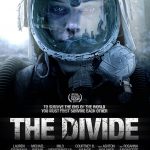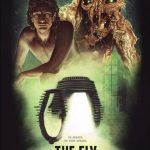Goodfellas (1990)
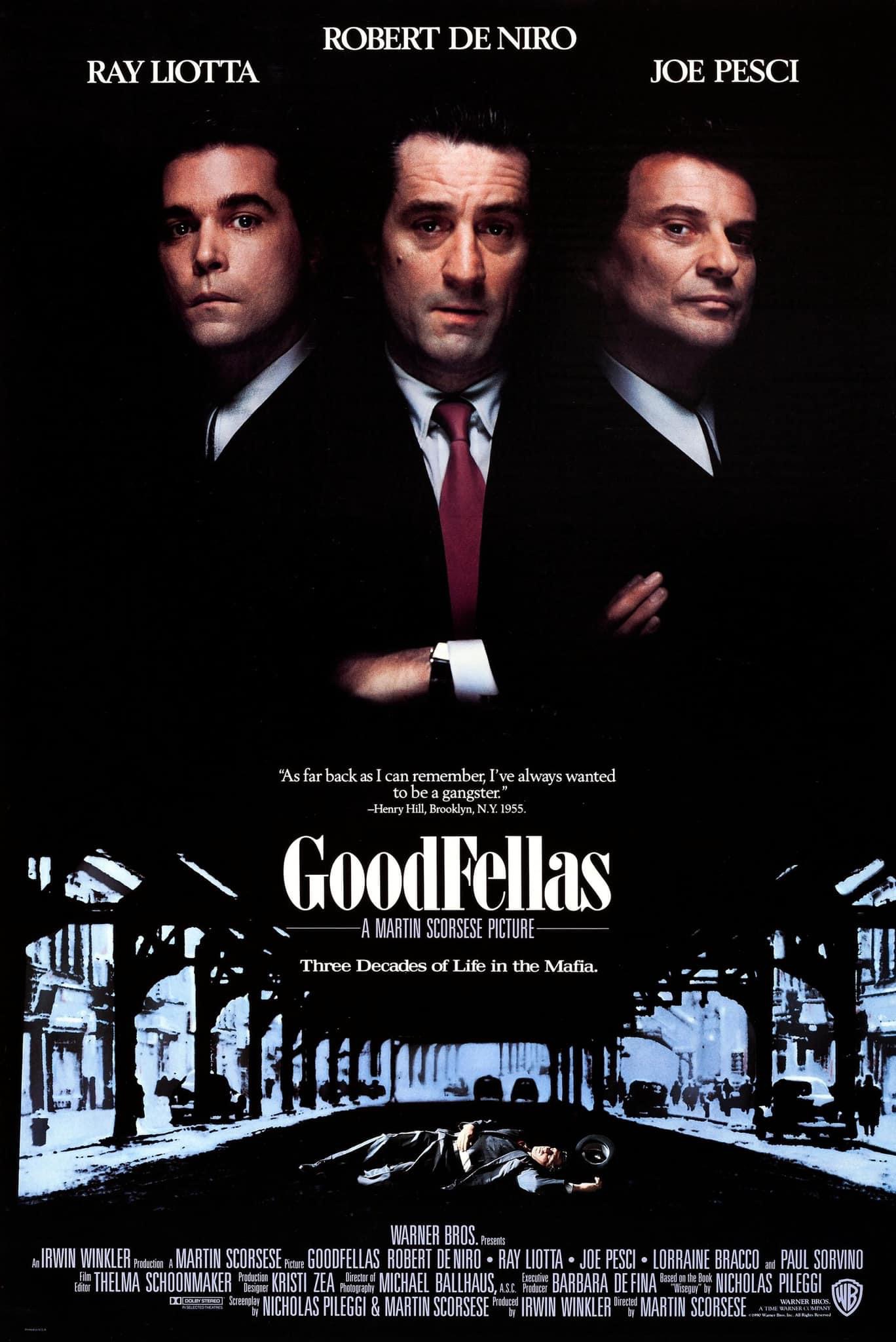
Goodfellas (1990), directed by Martin Scorsese, is a landmark in the gangster genre and is widely considered one of the greatest films of all time. Based on the true story chronicled in Nicholas Pileggi’s non-fiction book Wiseguy, the movie delves into the life of Henry Hill, a half-Irish, half-Sicilian mobster who climbs the ranks of organized crime from his teenage years in the 1950s to his ultimate downfall in the 1980s. The film serves as a powerful meditation on the allure, glamour, and the inevitable destruction tied to the gangster lifestyle.
Suggested videos for you:
Plot and Character Development
Goodfellas follows Henry Hill (played by Ray Liotta), whose fascination with the mafia starts as a young boy in Brooklyn. From his early days running errands for local mobsters, Henry’s ambition grows, and under the tutelage of seasoned criminals Jimmy Conway (Robert De Niro) and Tommy DeVito (Joe Pesci), he becomes a key player in the mob. Henry’s wife, Karen (Lorraine Bracco), provides a secondary narrative to the story, showcasing how the mafia’s influence trickles down into the personal lives of those involved.
Ray Liotta’s portrayal of Henry Hill anchors the film, with his arc tracing a character who begins as a starry-eyed outsider longing for acceptance in the mob world to a man whose life spirals out of control due to greed, drug addiction, and paranoia. His performance is essential to the film’s emotional core—both charismatic and vulnerable, Liotta brings an element of tragic realism to Henry. The voice-over narration, provided by Henry, serves as an insider’s guide to the mechanics of mob life and gives the audience an intimate, almost confessional, understanding of his thoughts and motivations.
Robert De Niro’s Jimmy Conway is a calm, calculating figure, but the violence and ruthlessness behind his eyes are always lurking. De Niro’s presence brings a gravitas to every scene he’s in, playing the role of a mentor who ultimately exemplifies the cold pragmatism that drives the mob’s decisions.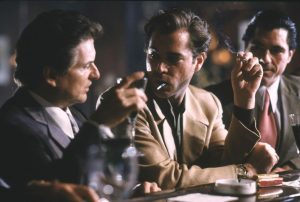
Joe Pesci’s performance as the short-tempered, violent Tommy DeVito is nothing short of electrifying. His explosive outbursts, unpredictability, and penchant for violence make him one of the most dangerous figures in the film. Pesci’s portrayal, which won him the Academy Award for Best Supporting Actor, injects fear and tension into the narrative. The infamous “funny how?” scene, where Tommy toys with the idea of jokingly interpreting a comment as an insult, is now considered one of the most iconic scenes in cinema history, perfectly capturing the erratic danger of life in the mob.
Lorraine Bracco’s Karen Hill offers a perspective often left unexplored in mafia films—that of a mob wife. Her character begins the film enamored with Henry’s lifestyle, seduced by the power and prestige. As Karen becomes more entrenched in the criminal world, her relationship with Henry becomes more strained, and she wrestles with the contradictions of loving a man who lives a dangerous, morally compromised life.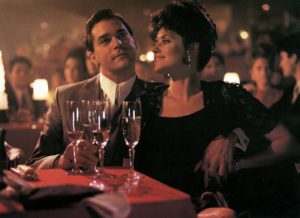
Themes: Power, Crime, and Corruption
The central theme of Goodfellas is the seductive and ultimately destructive nature of power. From the outset, the mafia is depicted as an irresistible alternative to the mundanity of ordinary life. “As far back as I can remember, I always wanted to be a gangster,” Henry’s voiceover proclaims in the opening line, signaling the aspirational allure of the mafia to young men who crave status and wealth.
Scorsese doesn’t glamorize the mob, but he does make the audience understand why its members are drawn to such a life. The film initially paints the criminal lifestyle with a sheen of luxury—beautiful women, fancy cars, expensive clothes, and unlimited resources. But as Henry’s life spirals downward, the film reveals the true price of such power—paranoia, betrayal, and violence. The once-tightly knit crew of gangsters begins to turn on one another, and trust erodes as quickly as their fortunes.
One of the key ideas in Goodfellas is the code of loyalty and its inevitable breakdown. The characters in the film pride themselves on their loyalty to the mob “family,” but this notion is repeatedly tested and ultimately shattered. Whether it’s Henry betraying his comrades by turning FBI informant, or Jimmy ordering hits on his closest associates, the film illustrates that in the world of organized crime, self-interest will always trump loyalty.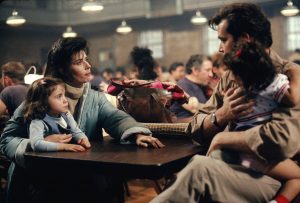
Cinematic Style and Direction
Martin Scorsese’s direction in Goodfellas is nothing short of masterful. The film’s pacing, which balances exhilarating highs with shocking moments of violence, mirrors Henry’s life of excess. Scorsese employs a variety of cinematic techniques to immerse the viewer in the world of the mafia. One of the most famous scenes in the movie is the Copacabana tracking shot, where Henry takes Karen through the kitchen and into the nightclub, seamlessly capturing the glamour, speed, and excitement of the world they’re entering. This uninterrupted, flowing shot also symbolizes Henry’s rising status in the mafia, showcasing how effortlessly he maneuvers through this world.
Scorsese’s use of music is another defining element of Goodfellas. The film features a brilliant soundtrack that spans several decades, with songs like “Rags to Riches,” “Layla,” and “Gimme Shelter” underscoring the film’s most pivotal moments. The music doesn’t just add atmosphere—it serves as a narrative device that reflects the changing times and moods of the characters. As Henry’s world starts to crumble, the music becomes darker and more foreboding, perfectly syncing with his descent into paranoia and chaos.
The film’s editing, by Scorsese’s longtime collaborator Thelma Schoonmaker, is razor-sharp. The fast-paced cuts create a rhythm that mirrors the frenetic, sometimes chaotic lives of the characters. Moments of calm are abruptly interrupted by bursts of violence, leaving the audience on edge, much like the mobsters themselves, who never know when their time will come.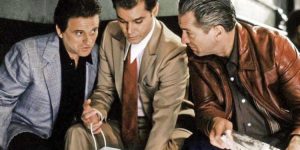
Violence and Morality
Violence in Goodfellas is portrayed with brutal realism. Scorsese doesn’t shy away from showing the full consequences of the characters’ actions. People are beaten, shot, and stabbed in ways that feel sudden and almost casual. This matter-of-fact portrayal of violence emphasizes how routine murder and brutality are in the world of organized crime. There is no heroism in these acts; they are simply the cost of doing business.
The film also explores the moral ambiguity of its characters. Henry, Jimmy, Tommy, and the others aren’t just criminals—they’re complex, flawed individuals who are capable of moments of kindness, loyalty, and humanity. However, their moral compass is always skewed by their desire for power and survival. Scorsese doesn’t offer easy answers or judgments; instead, he allows the audience to grapple with the moral implications of a life lived outside the law.
Legacy and Impact
Goodfellas was a critical and commercial success upon its release and has since become one of the most influential films in modern cinema. Its impact on the gangster genre is immeasurable, with its blend of dark humor, unflinching violence, and complex character dynamics influencing everything from Quentin Tarantino’s Pulp Fiction (1994) to David Chase’s The Sopranos.
The film was nominated for six Academy Awards, including Best Picture and Best Director, with Joe Pesci taking home the Oscar for Best Supporting Actor. Though it didn’t win Best Picture, its legacy has only grown with time. It’s often cited as one of the greatest films ever made, and its influence can still be felt in modern filmmaking.
In conclusion, Goodfellas is a cinematic triumph, blending masterful storytelling with unforgettable performances and stylistic innovation. It’s a film that not only immerses the audience in the world of organized crime but also provides a deeper commentary on power, loyalty, and the human condition. More than 30 years after its release, it remains a quintessential gangster film and a towering achievement in American cinema.


